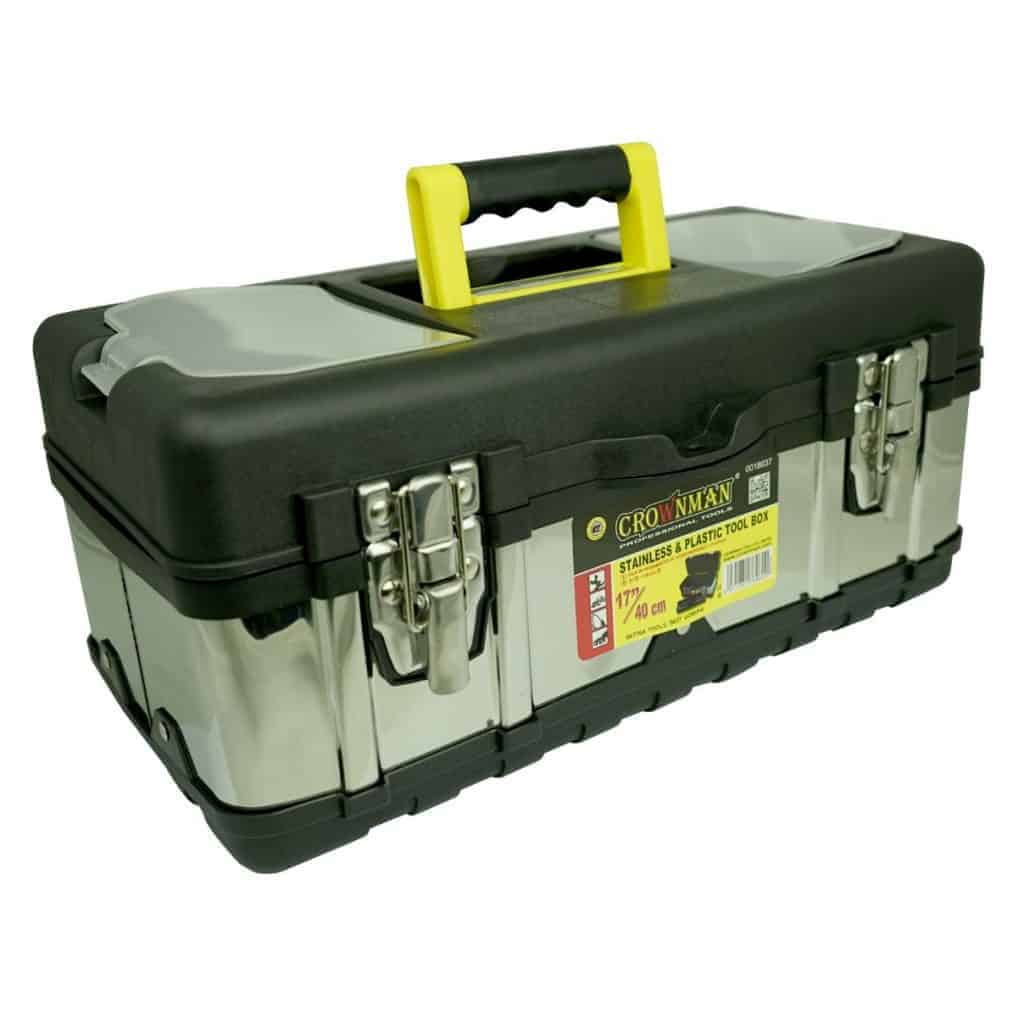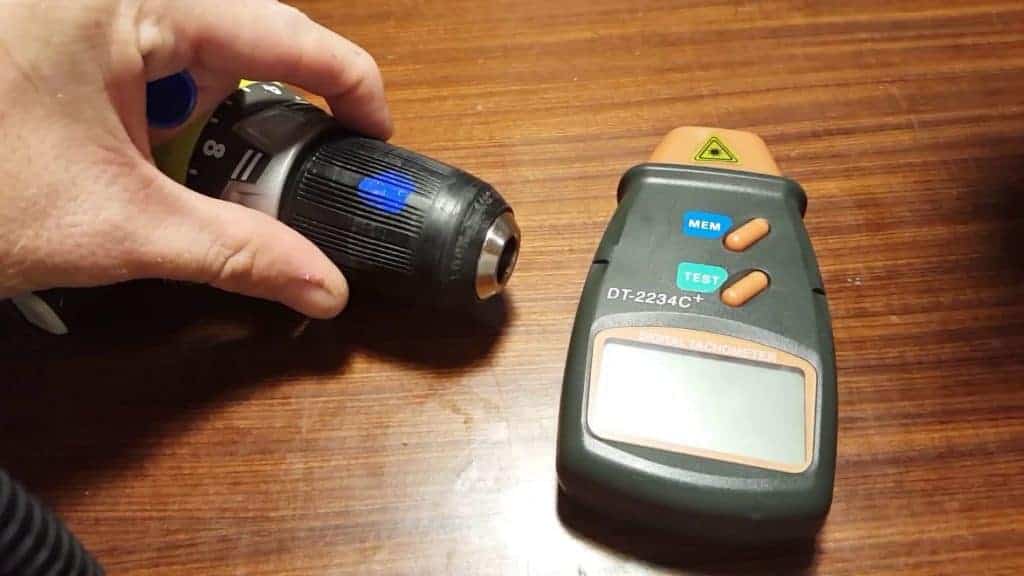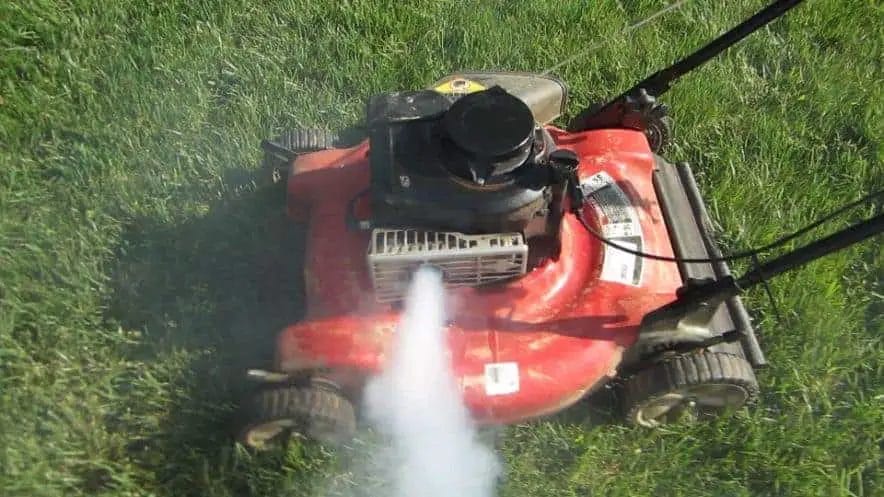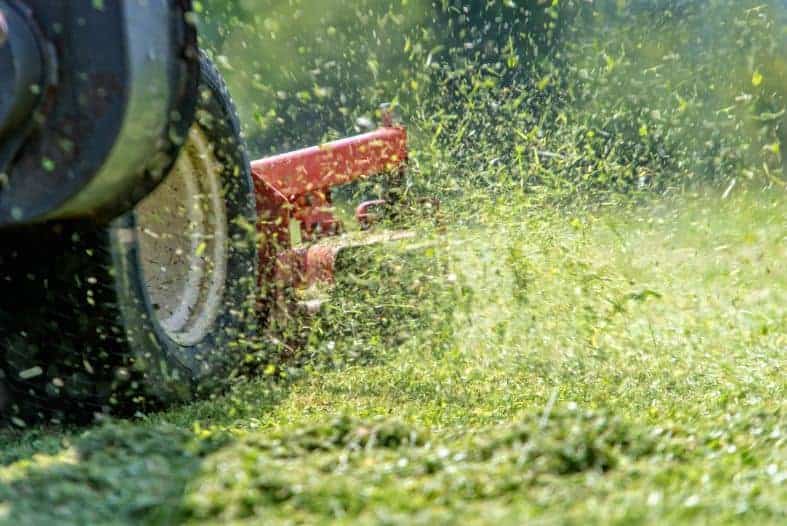Depending on the kind of lawn mower you have and the make and model, you might find that you’re not getting the kind of grass cutting results you want. Maybe your mower blades are rotating too slowly which is causing damage to your lawn, or maybe you’re just trying to boost your overall mowing efficiency.
Whatever your reason for wanting to do so, it is possible to increase your lawn mower’s RPM, and this will increase the speed at which the mower operates. In most cases, this fix is a very simple and very quick process that you can easily do yourself with the right tools.

Before you begin attempting to manually adjust the RPM on your lawn mower, you’ll need to have a few things handy. This will vary from model to model so don’t take these suggestions as gospel, more as a useful jumping-off point.
If you want to know what RPM your lawn mower currently has but can’t find that information anywhere, a tachometer will be your best friend. This is a device that measures the working speed of an engine by monitoring the revolutions per minute (tachometers usually measure in this unit) via detecting vibration frequencies.
A tachometer is also very useful in allowing you to adjust RPM more precisely. You can increase or decrease your lawn mower’s RPM without using one, however it will be a case of guesswork so it might take longer to get the result you want.
When it gets down to actually making the physical adjustments to increase RPM, you’ll likely need an appropriately sized socket wrench to help you remove any nuts or bolts securing casings that need to be taken off – but more on that later.
You’ll also need a pair of sturdy pliers or other tool you can use to clamp things – again, you’ll see what for shortly.
Every lawn mower will be slightly different, but most push mowers and self-propelled types utilise similar mechanisms for maintaining RPM so the tools you’ll need will be fairly standard across the board.
Depending on whether you will be using a tachometer or not, the method you’ll need to follow will be slightly different. It’s definitely a good idea to get your hands on a tachometer if you don’t already have one as they do simplify things a lot.
They’re generally inexpensive and even a basic one will do the job just fine. We’ll start with the method for when you are using a tachometer and then go on to detail what you should do if you don’t have one.
Like any other tool, tachometers come in various types and configurations. Some kinds will have a cord that you’ll need to wrap around your spark plug wire in order to measure the revolution frequency, whereas other kinds can be plugged directly into the engine.
Tachometers come in analogue and digital styles and will often be geared towards different kinds of engines, although many varieties can be used for most kinds of engines. Whatever tachometer you have, you’ll just need to make sure it is properly configured to the specific lawn mower engine at hand.
The user manual will be able to help you to do this.

As mentioned above, your tachometer can work in one of several ways. Depending on what type you have, you’ll simply need to use it in accordance with its own instructions.
What you want to start off by doing is measuring the current RMP of your lawn mower. Set up your tachometer either by plugging it into the engine or by employing any other tachometer-specific method and allow it to read the lawn mower’s existing RPM.
You can make a note of this or simply keep that number in mind. Generally, people with push mowers and self-propelled mowers tend to find that around 2500-2700 RPM is too slow, and a number more around the 3000-3200 range is more appropriate.
This will also depend on your specific mower type so it’s important not to make too big of a jump in RPM too quickly – work gradually and slowly to make sure you don’t overwork the motor, risk damage to the machine, or risk injuring yourself.
Once you’ve ascertained what the current RPM of your lawn mower is, you can get to work manually increasing it. The first thing you want to do is locate the governor spring on your lawn mower.
Depending on the type of mower you have, this could be in several different places, but it’s easily identifiable. Some lawn mower’s will require you to remove a protective casing in order to access it, which is where your socket wrench will come in, as this casing will likely be secured with a nut.

Once you’ve removed this casing, or if your lawn mower doesn’t have one, you’ll see that the governor spring is hooked onto a small metal tab. This tab is fairly flexible and can be manipulated using a pair of pliers or another tool that will enable you to firmly grasp it.
In order to increase the RPM of your lawn mower, you’ll need to bend this tab slightly away from the governor spring in order to increase the tension on the spring itself. The best way to go about doing this is to have your tachometer attached to your mower so that it can read the RPM constantly as you bend the tab.
Switch your lawn mower on and ensure your tachometer is working correctly, then begin slowly bending the governor spring tab.
As you bend it in further increments, your tachometer will be able to monitor and record the increasing RPM, and when the display reaches your target RPM, you can simply stop bending the tab and turn your mower off again, ready for its next (speedier) use!
If you haven’t got a tachometer then the method is largely the same except it will be a bit slower and more of a trial-and-error situation. Instead of having the tachometer broadcasting the increasing RPM for you in real time, you’ll need to judge this for yourself.
After locating and exposing the governor spring and tab, you’ll switch your lawn mower on just as you would if you were using a tachometer. You’ll also need to start bending the tab in the same manner. The difference here however is crucial.
Instead of steadily bending the tab whilst watching the RPM increase on your tachometer display, you’ll need to go on what you can hear. As RPM increases, your mower engine will get louder, and you’ll be able to hear that it’s working harder (think of how your car engine sounds if you accidentally rev too high in a low gear).

If you attempt to increase the RPM too abruptly, you risk raising it too high too quickly which can damage your lawn mower as well as create a safety hazard for you too. Bend the governor tab in very small increments until your lawn mower sounds like it’s working a bit harder but not like it’s a jet about to take off!
If you don’t feel confident doing this, then DEFINITELY get hold of a tachometer – you’ll be thankful you did as it will give you peace of mind as well as help you to adjust your RPM much more easily!
The pros of increasing your lawn mower’s RPM are pretty self-explanatory. Higher RPM will mean that your mower is able to cut grass more quickly and effectively. It should also be easier to push your mower as the engine will be working through the grass more easily.
A higher RPM will also allow your lawn mower to slice up and mulch grass to a much finer and more appropriate consistency, helping you to improve your overall lawn health too!

Whatever you do though, it’s very important that you don’t exceed an RPM that your lawn mower can safely handle. You should be able to find information about this in your lawn mower’s manual or by searching online.
If you do increase the RPM too much, when you then go to mow your lawn and your mower hits a stone or other piece of debris, it could cause serious damage to the blades, motor, and other parts of your mower as the engine will be operating much faster and therefore with much more force.
If one of the mower blades were to strike an object at too high a speed, the resulting kinetic energy could possibly even be enough to break right through the mower deck, and flying shrapnel is the last thing anyone wants!
You can increase the RPM of your lawn mower fairly easily, and using a tachometer is definitely recommended. With one in hand, you’ll be able to adjust your lawn mower’s RPM to the desired speed in no time at all whilst ensuring you don’t exceed the safe boundary.
It’s important that your lawn mower is running at its optimal speed, and knowing how to adjust the RPM yourself with help you to ensure your mower is able to function properly even if its factory settings aren’t quite doing the trick!